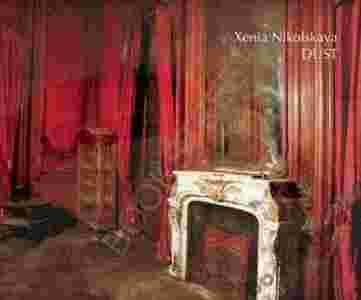|
Egypt is one of the most densely populated countries
in the world and has a colonial history that stretches
back centuries. From 1882 until 1952 it was under
British rule although nominal independence was granted
in 1922 with the exception of four 'reserved' areas:
foreign relations, communications, the military and the
Anglo-Egyptian Sudan. Between 1860 and 1940, Cairo and
other large Egyptian cities witnessed a major
construction boom that gave birth to extraordinary
palaces and lavish buildings. These incorporated various
architectural styles, such as Beaux-arts or Moorish
Revival, with local design heritage influences and
materials. Today many lie empty and neglected with no
legislation protecting historic buildings less than a
hundred years old from demolition. In 2006, Russian born
photographer Xenia Nikolskaya began the process of
documenting these extraordinary structures. She has
gained exceptional access and has photographed at some
thirty locations including Cairo, Alexandria, Luxor,
Minya, Esna, and Port Said. Sadly, the state of Egypt's
colonial architecture is now rapidly succumbing to time,
real estate frenzy, and an ongoing overpopulation
crisis.Since she began the project a number of these
spaces have been demolished, whilst others have gone
through a process of regeneration and modernisation.
'Dust' is not just a documentation of these fascinating
architectural spaces. It also traces the idea of a
typology of absence: dust, haunting, emptiness,
departure, abandonment, waiting and stillness. The
project was completed in January 2011 just before the
Egyptian revolution of January 17 and the final
selection was completed on February 11 - the day that
Mubarak stood down. |
|

